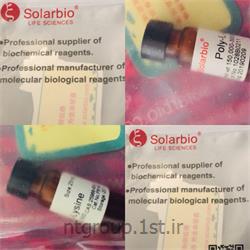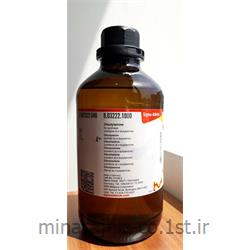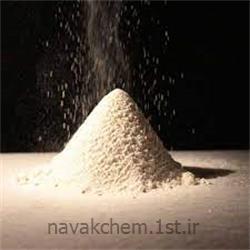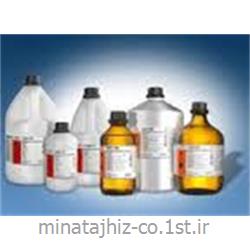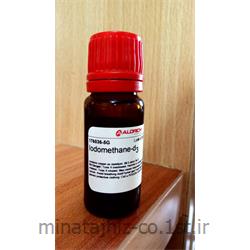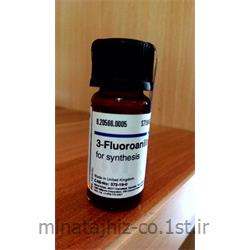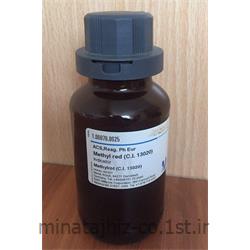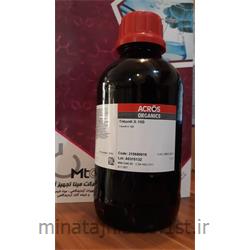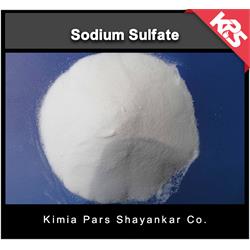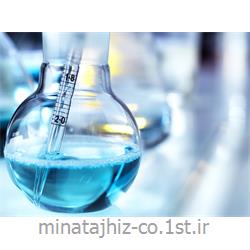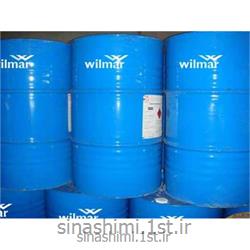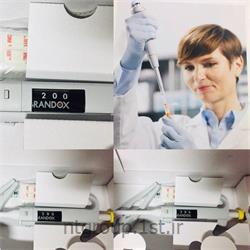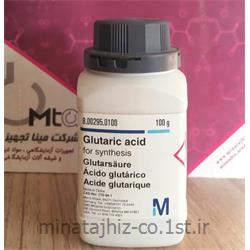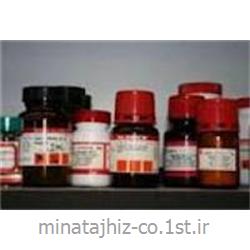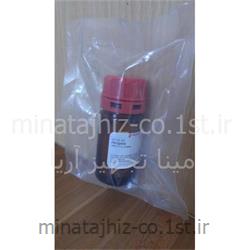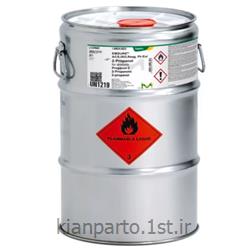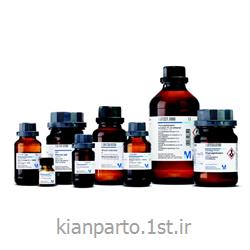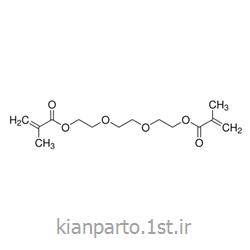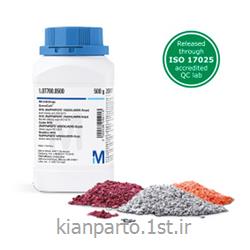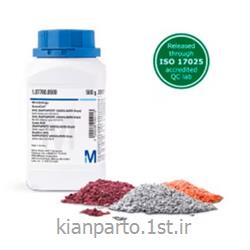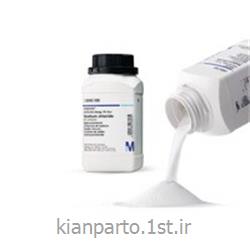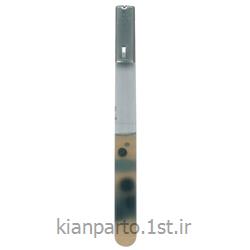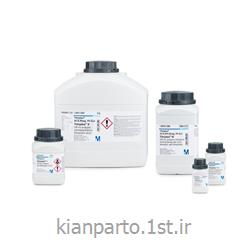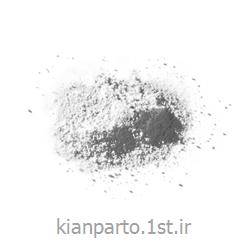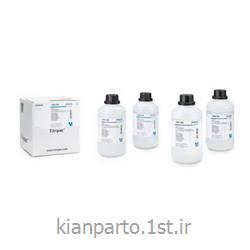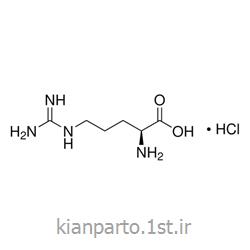| Description | |
|---|---|
| Catalogue Number | 818586 |
| Synonyms | 5-Isocyanato-1-isocyanatomethyl-1,3,3-trimethylcyclohexane, 3-Isocyanatomethyl-3,5,5-trimethylcyclohexyl isocyanate |
| Product Information | |
|---|---|
| CAS number | 4098-71-9 |
| EC index number | 615-008-00-5 |
| EC number | 223-861-6 |
| Hill Formula | C₁₂H₁₈N₂O₂ |
| Molar Mass | 222.29 g/mol |
| HS Code | 2929 10 00 |
| Structure formula Image | |
| Applications | |
|---|---|
| Application | Isophorone diisocyanate (mixture of cis- and trans-isomers) for synthesis. CAS 4098-71-9, molar mass 222.29 g/mol. |
| Physicochemical Information | |
|---|---|
| Boiling point | 158 - 159 °C (13 hPa) |
| Density | 1.06 g/cm3 (20 °C) |
| Explosion limit | 0.7 - 4.5 %(V) |
| Flash point | 155 °C |
| Ignition temperature | 430 °C |
| Melting Point | -60 °C |
| Vapor pressure | 0.0004 hPa (20 °C) |
| Solubility | 0.015 g/l (slow decomposition) |
| Toxicological Information | |
|---|---|
| LD 50 oral | LD50 Rat 4825 mg/kg |
| LD 50 dermal | LD50 Rat > 7000 mg/kg |
| Safety Information according to GHS | |
|---|---|
| Hazard Pictogram(s) |    |
| Hazard Statement(s) | H315: Causes skin irritation. H319: Causes serious eye irritation. H331: Toxic if inhaled. H334: May cause allergy or asthma symptoms or breathing difficulties if inhaled. H335: May cause respiratory irritation. H317: May cause an allergic skin reaction. H411: Toxic to aquatic life with long lasting effects. |
| Precautionary Statement(s) | P273: Avoid release to the environment. P260: Do not breathe dust. P302 + P352: IF ON SKIN: Wash with plenty of soap and water. P304 + P340: IF INHALED: Remove victim to fresh air and keep at rest in a position comfortable for breathing. P305 + P351 + P338: IF IN EYES: Rinse cautiously with water for several minutes. Remove contact lenses, if present and easy to do. Continue rinsing. P308 + P310: IF exposed or concerned: immediately call a POISON CENTER or doctor/ physician. |
| RTECS | NQ9370000 |
| Storage class | 6.1A Combustible substances, toxic |
| WGK | WGK 2 water endangering |
| Disposal | 11 Organic acid halides, anhydrides and isocyanates can be added dropwise to an excess of methanol (Cat. No. 822283) to convert them into the corresponding methyl esters or methyl carbamates. If necessary, neutralize with sodium hydroxide solution (Cat. No. 105587). Fill into container A. |
| Safety Information | |
|---|---|
| Hazard Symbols |  Toxic Toxic Dangerous for the environment Dangerous for the environment |
| Categories of danger | toxic, irritant, sensitizing, dangerous for the environment |
| R Phrase | R 23-36/37/38-42/43-51/53 Toxic by inhalation.Irritating to eyes, respiratory system and skin.May cause sensitisation by inhalation and skin contact.Toxic to aquatic organisms, may cause long-term adverse effects in the aquatic environment. |
| S Phrase | S 26-28-38-45-61 In case of contact with eyes, rinse immediately with plenty of water and seek medical advice.After contact with skin, wash immediately with plenty of soap and water.In case of insufficient ventilation, wear suitable respiratory equipment.In case of accident or if you feel unwell, seek medical advice immediately (show the label where possible).Avoid release to the environment. Refer to special instructions/ Safety data sheets. |
| Storage and Shipping Information | |
|---|---|
| Storage | Store below +30°C. |
| Transport Information | |
|---|---|
| Declaration (railroad and road) ADR, RID | UN 2290 , 6.1, III |
| Declaration (transport by air) IATA-DGR | UN 2290 , 6.1, III |
| Declaration (transport by sea) IMDG-Code | UN 2290 , 6.1, III |
| Specifications | |
|---|---|
| Assay (GC, area%) | ≥ 99.0 % (a/a) |
| Density (d 20 °C/ 4 °C) | 1.060 - 1.062 |
| Identity (IR) | passes test |
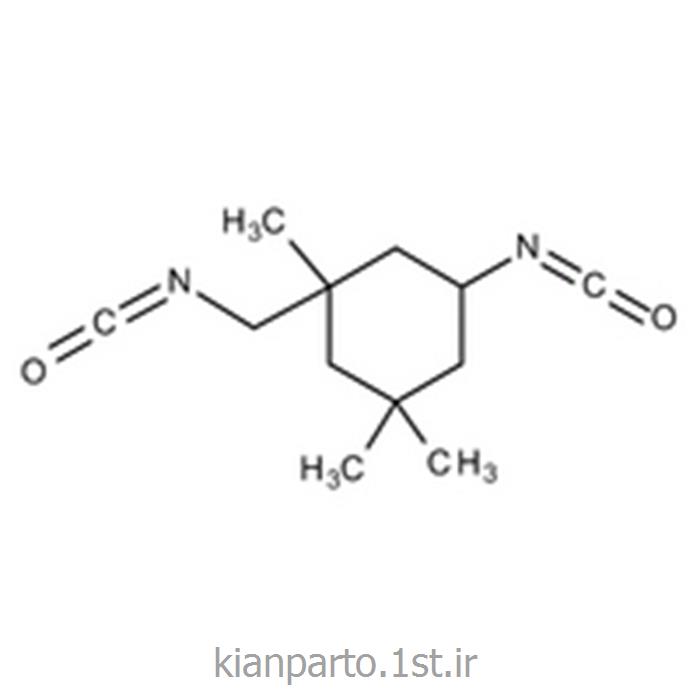



 سفارش آنلاین
سفارش آنلاین

 ضمانت سلامت فیزیکی
ضمانت سلامت فیزیکی ضمانت اصالت کالا
ضمانت اصالت کالا